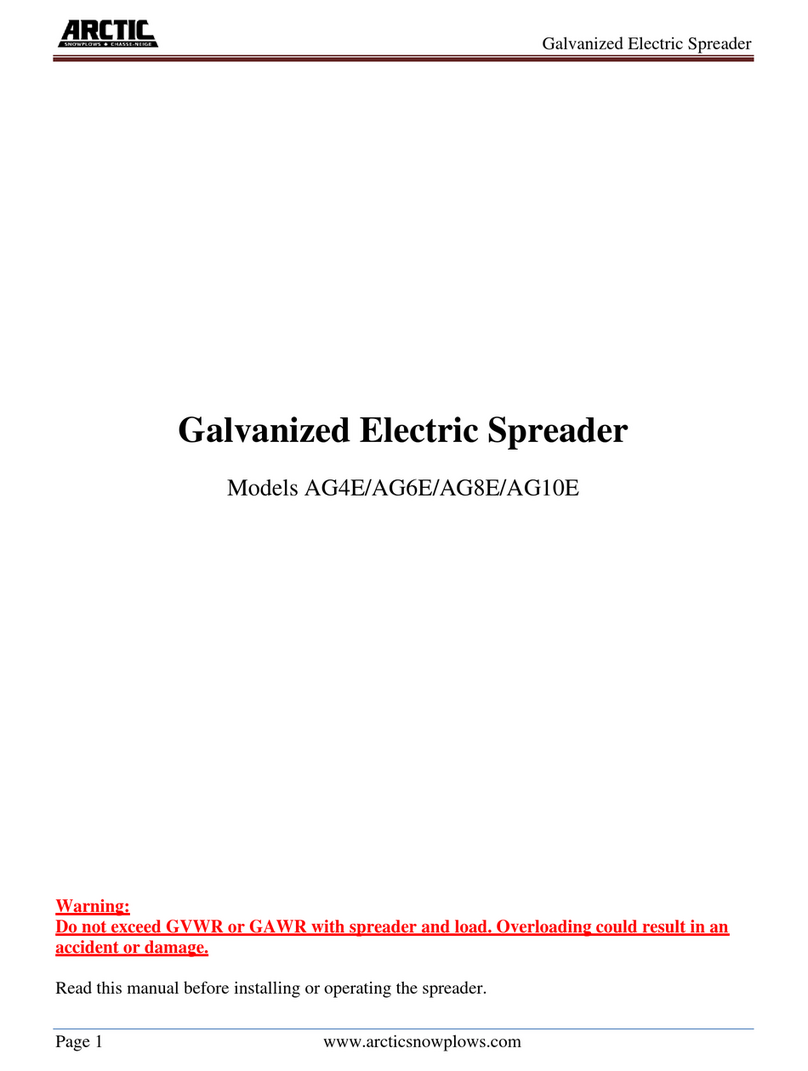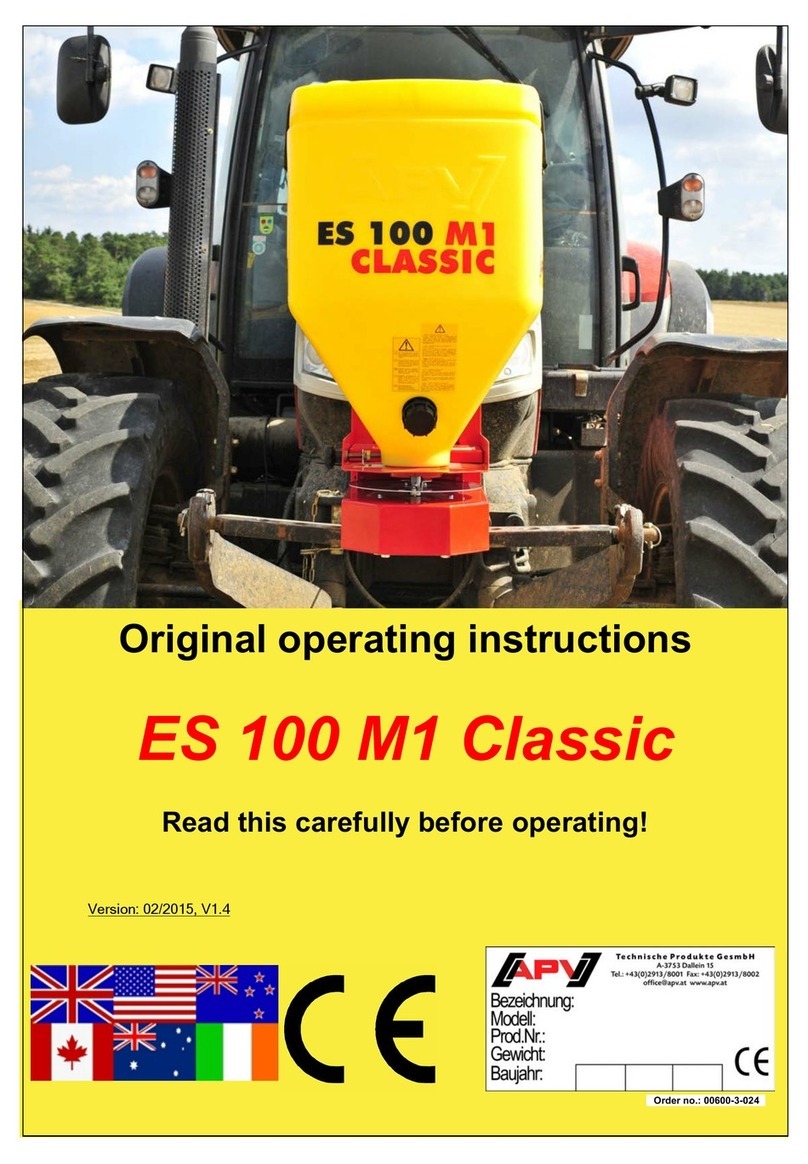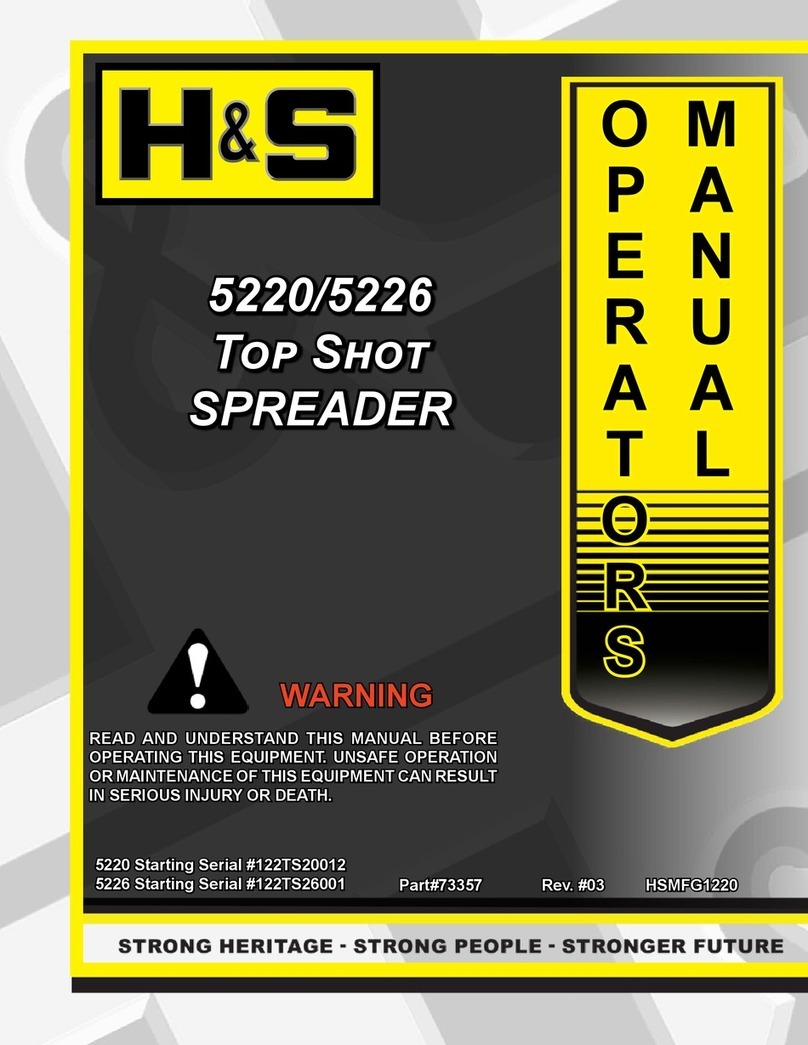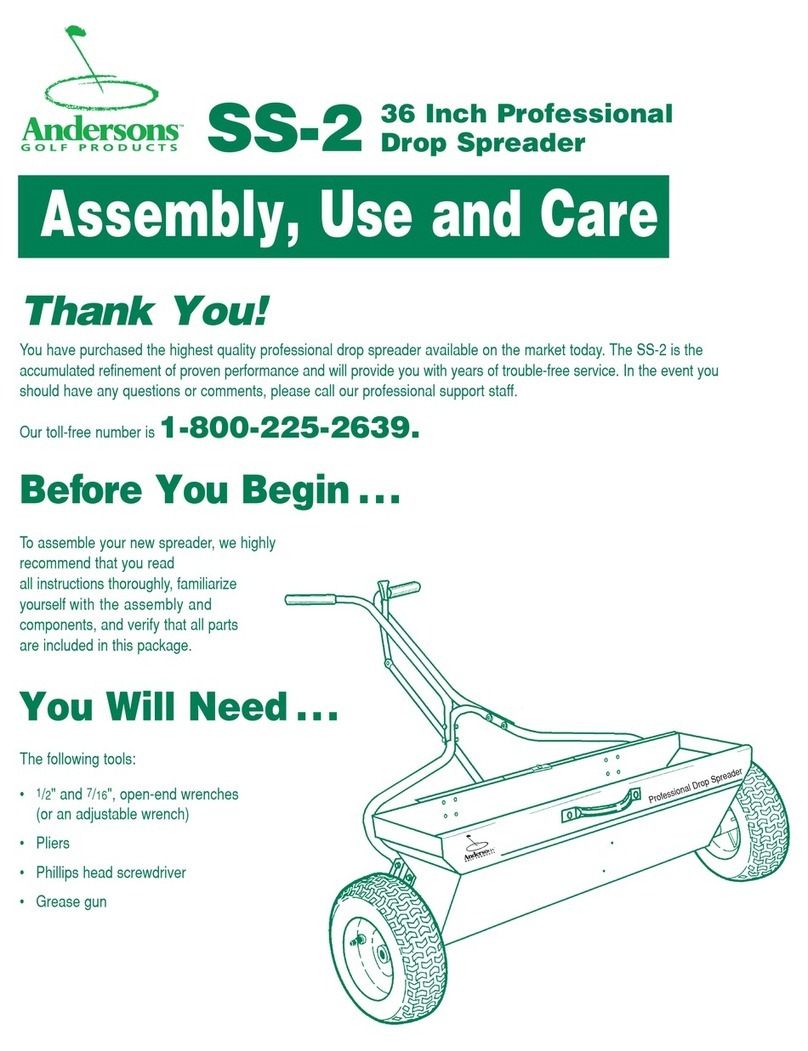
Sander Warranty
ARCTIC salt/sanding equipment is guaranteed to be free from defects in material or
workmanship under normal use and service for 1 (one) year after the date of purchase
(except engine – see below). Arctic Equipment Manufacturing Corporation will replace or repair, at
its election, without charge, any part which becomes defective within the period described above.
Hydraulic motors, pumps, gear reducer, etc. are also covered under warranty for a period of 1
(one) year, with normal use.
Briggs & Stratton engine is covered for 90 (ninety) days under warranty after the date of
purchase and Honda engine is covered for 2 (two) years after the date of purchase.
Warranty and service of the engine is handled by Honda or Briggs & Stratton dealers.
Arctic Product's Liability is expressly limited to repair or replacement of defective parts. Arctic
Equipment shall not be liable for any consequential, incidental, or contingent damages
whatsoever, whether for breach of contract, breach of warranty, negligence, or other tort, or on
any strict liability theory.
What is not covered under this warranty is specified below.
Warranty does not cover:
- Problems caused by failure to follow instructions and failure to maintain the product as described
in the owner’s manual.
- Damage to the product that has been subject to misuse, neglect, accident, or improper
installation, maintenance, care or storage.
- Damage caused by parts not used in accordance with their intended purpose.
- Paint or surface coating deterioration, expendable parts such as, but not limited to, controller
keypad, bushings, stripped keyways or splines on external shafts, nuts and bolts or tightening nuts
and bolts which are considered normal maintenance.
- Damage resulting from rust, corrosion, freezing or overheating; failure to maintain proper
fluid/lubrication levels.
- Damage due to abrasion of wiring harnesses.
- Travel time incurred to and from dealers or suppliers, accommodations, meals, cost of tax, freight
to/from dealers, storage charges, environmental charges, solvents, sealants, lubricants, or any
other normal shop supplies.
- Problems caused by accessories and parts that are not supplied by Arctic Equipment.
- Damage resulting from lack of, or dirty lubrication or using other than recommended grade and
type of lubrication.
- Running over recommended speeds.
- Repairs by an unauthorized person.
- Damage caused by improper mounting or conditions on units not mounted by factory. Improper
maintenance or storage of equipment






























